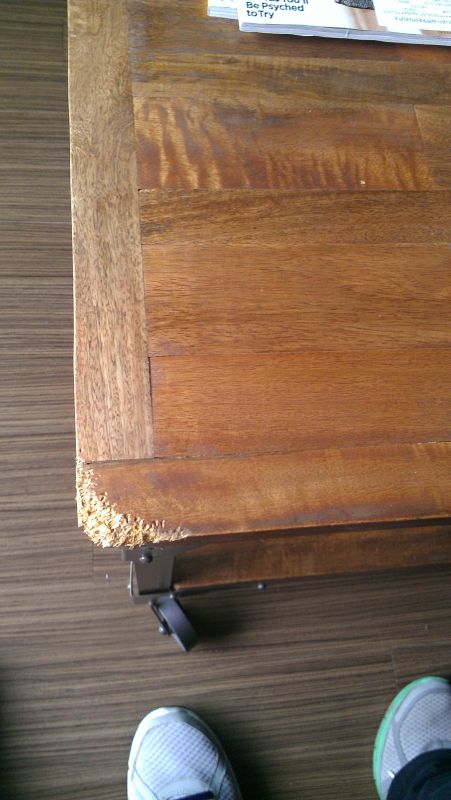Question
Before I head over to my Sherwin Williams dealer to talk with our rep, thought I would submit a question on this forum. We have two large projects, one of which one is Italian qtr ebony macassar 10mil paper backed veneer over MDF, all vacuum pressed with Unibond 800, and the other project is figured Mozambique veneer. What oil based finish should we use for these exotic veneers, and what steps would you recommend for sealer coats? We have a large quantity of cabinets that need to dry between coats very quickly. We have an industrial spray booth equipped with Kremlin spray rigs. Our drying area is rather small and not always dust-free, hence the quick dry time between coats. The ebony veneer has natural cracks (not sure how to really describe it) that need to be filled with a sealer. Our cabinetry is generally sprayed with a vinyl sealer followed by coats of a pre-catalyzed oil base lacquer from our local Sherwin Williams dealer. Due to time constraints, we'll need to stick with SW products. Any suggestions on which SW materials to apply and finish schedules? Should we apply vinyl sealer until level and then topcoat with a CV in lieu of pre-cat lac?
Question
(Finishing Forum)
From contributor C:
By "Italian" macasser ebony, do you mean the manmade synthetic veneer? And is this true of the other also? As to oil-based finish, did you mean solvent-based finish? It's nice of you to give the paper thickness. Can you give veneer thickness?
PS: SW also has a product called Homoclad sealer that has excellent water resistance. It is alkyd base and slow dry - 4 hours - but an excellent sealer. Ask your rep about it for first coat on ebony, etc.
Contributor J, how would you define an elbow grease type of finish? How do you guys finish out your ebony?
Contributor C, I'll print your response out and go over your suggestions with my SW rep and in the meantime wait to see what contributor J would recommend.
Sherwin Williams also makes a filler that can be added to their wiping stains; part number D70 T1, if memory serves me right. Make all sorts of test panels if you decide to use this, as there is a technique to applying the filler wipe so that it hangs in the grain. This would probably allow you to use pre-cat and fill the grain without worry about finish failure. They would have to formulate a neutral color to closely match ebony.
I currently use a waterbased roll-on filler for large flatwork such as conference tables. It's normally a beige color that works well with maple, but I tint it with water pigment to match the ebony. With this method, you roll it on with a paint roller and sand it off with an orbital sander, or for large pieces, a wide belt stroke sander with 150/180 grit.
With ebony, even though it sounds great to want to just do a natural finish, the veneer color can vary wildly between one section and the next. Some sections can have wide light stripes or wide dark stripes. That's why I feel it's always a good idea to add some color to ebony, be it a wipe stain or a pigmented toner, to wash out the color a bit to give the natural ebony a more uniform color appearance.
I just did my first conference table last week with "recon ebony." I was very impressed with it. It had all the characteristics of ebony, however the stripes were much more uniform and consistent. But it sounds like it's too late to change. It may be worth checking out if you're doing veneer work.
By elbow grease, I mean no matter how you look at it, it's going to be extra work working with this wood! But, if done right, the results can be beautiful.
